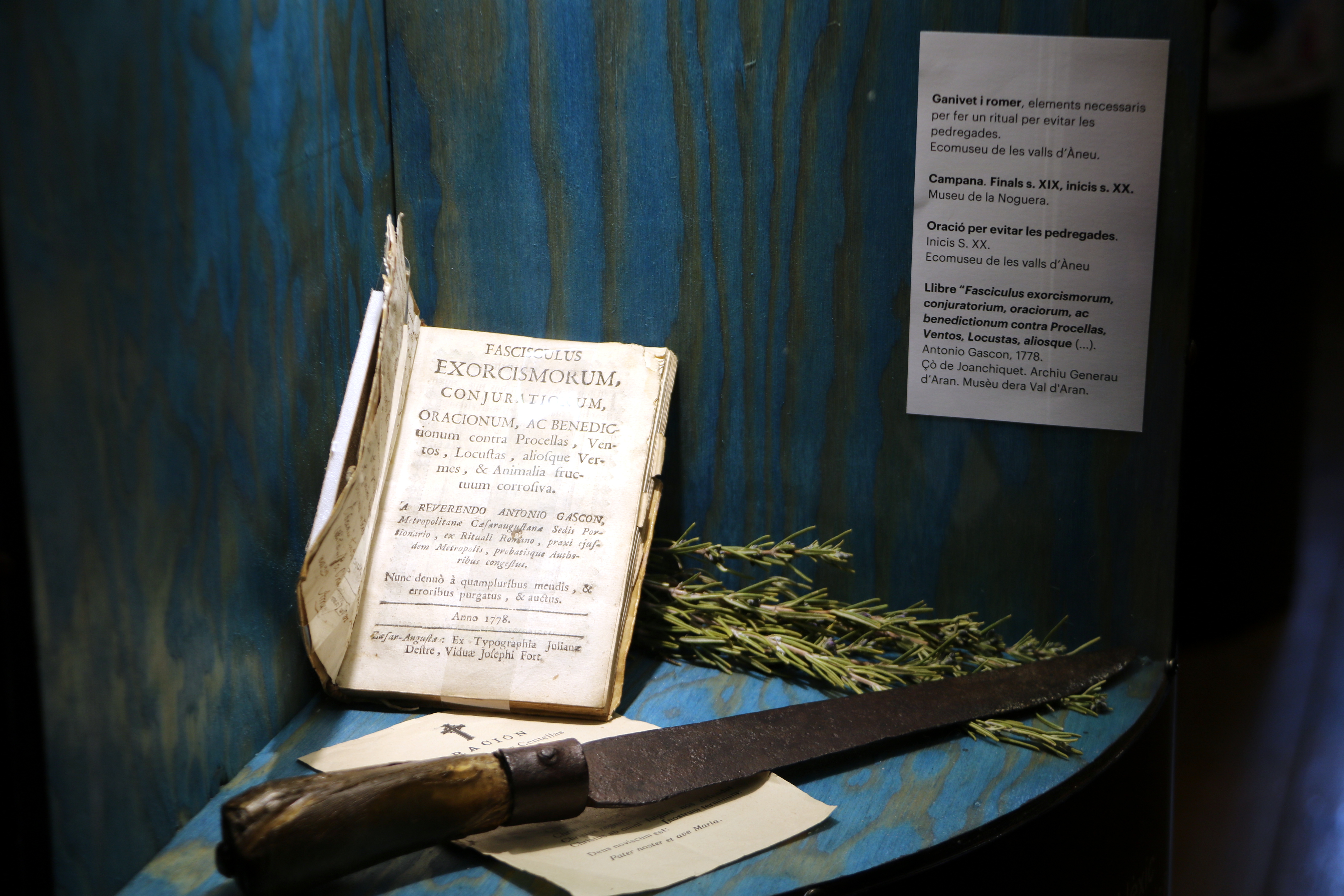The first witches in Europe were in the Pyrenees
Victims of the witch hunt in Catalonia were accused by neighbors and 90% of those sentenced were women

Whether or not individual practices witchcraft is not exactly a common concern nowadays, with witch hunts mainly relegated to the realm of historical analysis, only recently seen through the lens of feminism and oppression. Yet, this wasn’t always the case, and a new exhibition in the west of Catalonia aims to examine this centuries-old persecution in a new light, with some surprising discoveries.
The display is called ‘They were talked about…and they were there’ (‘Se’n parlave…i n’hi havie’ in the local Catalan dialect). The collection shows the results of research into witchcraft in the 15th century carried out between 2015 and 2017, and can be seen until May 7 at the Ecomuseu d'Esterri d'Àneu in the Aneu Valleys in Catalonia.
The cradle of witch hunts
The curator of the exhibit, Pau Castell, points out two main findings: the first that were blamed of witchcraft in Europe were in the Pyrenees, and that they were most often accused by their neighbors – not, as many think, by the Spanish Inquisition.
The collection showcases sobering items, such as a fragment of the book ‘Ordinacions’ of the Aneu valley, compiled in 1424, the oldest Catalan legal text referring to the crime of witchcraft. Additionally on display are items like herbs used for potions and protective amulets. Far from being only for adults, though, the exhibition also includes didactic material for those between the ages of 5 and 14. This aims to show concepts like fear, freedom and difference from an educational point of view.
90% of the accused were women
The Aneu Valleys was one of the first places in all of Europe to instigate witch hunts, shown by documentation for some of the earliest witch trials in the continent. What’s more, in Catalonia, those accused of practicing witch craft were most often women. In the 15th century in Switzerland, for example, the majority of those convicted were men, while here, 90% were women. The convicted were sentenced by civil courts, not the clergy.
Often, villagers would cry witchcraft when some stroke of bad luck of tragedy befell them that they could not explain: the death of a child, the loss of livestock, severe weather phenomena. The accusers often pressured the local institutions to act, who ended up sentencing the individual based on public opinion. The only thing needed for the courts to rule that one was a witch was the suspicion of such. To avoid certain conviction, punishment, or death, the accused often fled to other countries.
A not-so-lost legend
The Pyrenees is one of the first places to have believed in witchcraft, and some legends are hard to shake. Indeed, the research places the last records of alleged witchcraft in the ‘50s. Even today, in the mountains, there are people who believe in its existence, and who dare not mention it.